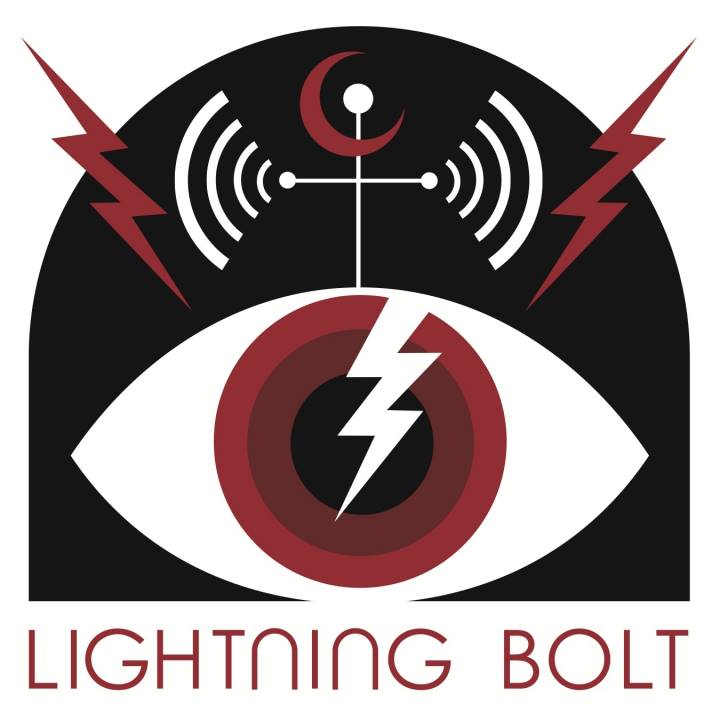

That nickname was derived from the self-titled album’s cover, and Pearl Jam’s cover art too has seemed symbolic. The line in the sand was really 2006’s Pearl Jam, the move of self-titling a clear reset button for the band but also so unsettling for fans that they still regularly refer to it as Avocado. Though that all might make Lightning Bolt sound like it’s a turning point, it’s more like an end result. Compared to the opacity of prior releases, it’s a generic name coming off as downright banal. It just sounds like any old rock album name, but also a slight one, a record without a defining characteristic or larger resonance.
WHERE DOES LIGHTNING BOLT RANK PEARL JAM ALBUMS CODE
There was mystery in No Code and Riot Act. Not only that, but its words are plain and everyday in a way that none of their album titles have been. That is, until Lightning Bolt, which at fourteen letters is practically a Fiona Apple couplet of a Pearl Jam album name. Unless you count the greatest hits collection Rearviewmirror or a smattering of official live releases, the longest album title they’d had thus far was Backspacer, at a whopping ten letters. For the longest time, they favored short, enigmatic, often single word titles for their albums, sometimes making up their own borrowing them from obscure medical texts ( Vitalogy) or bending a familiar form into an abstract summation of the LP in question ( Ten, Vs., No Code, Yield). Not in the sense that they do with any artist - you know, cluing you into what they’re writing about - but in the sense that the structure of their titles hints at what version of Pearl Jam you’re about to get.

Titles say a lot in Pearl Jam’s discography.


 0 kommentar(er)
0 kommentar(er)
